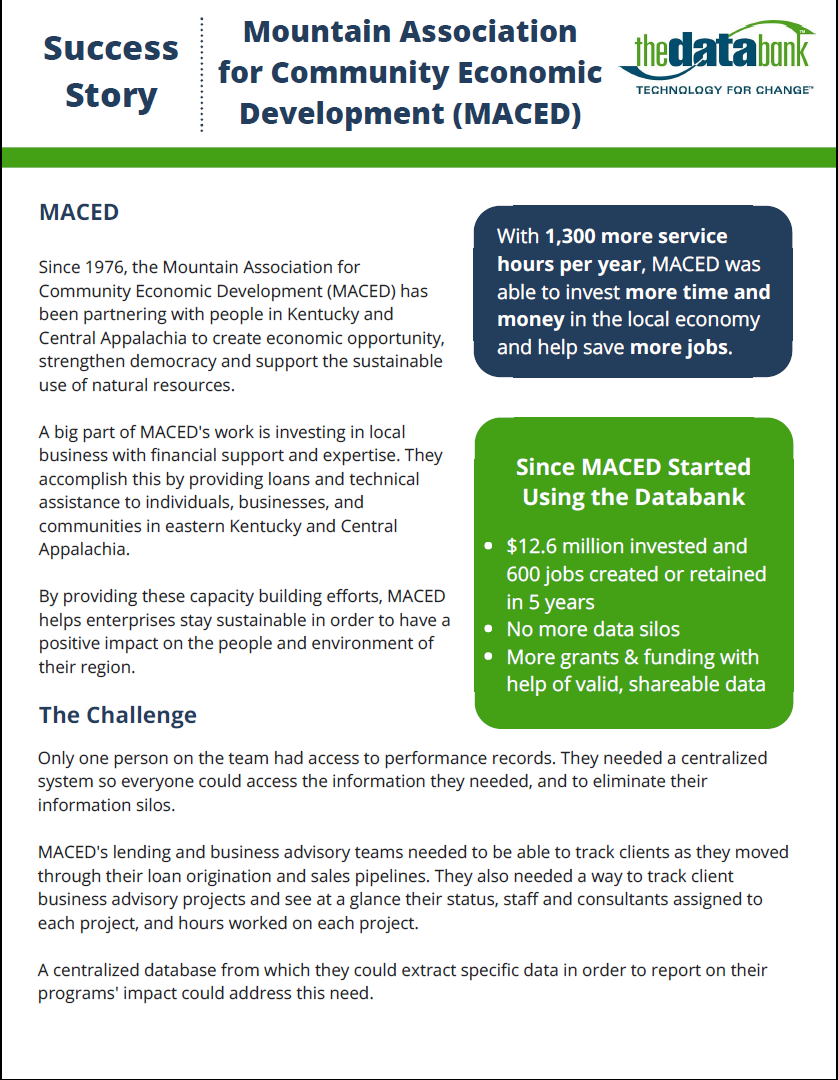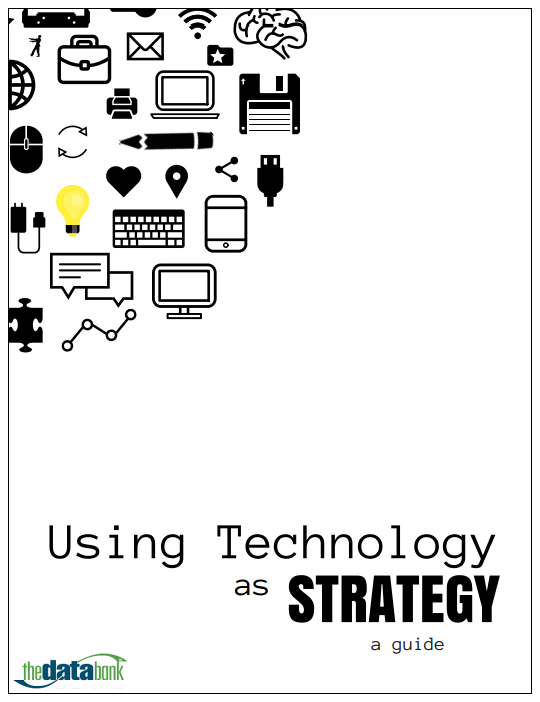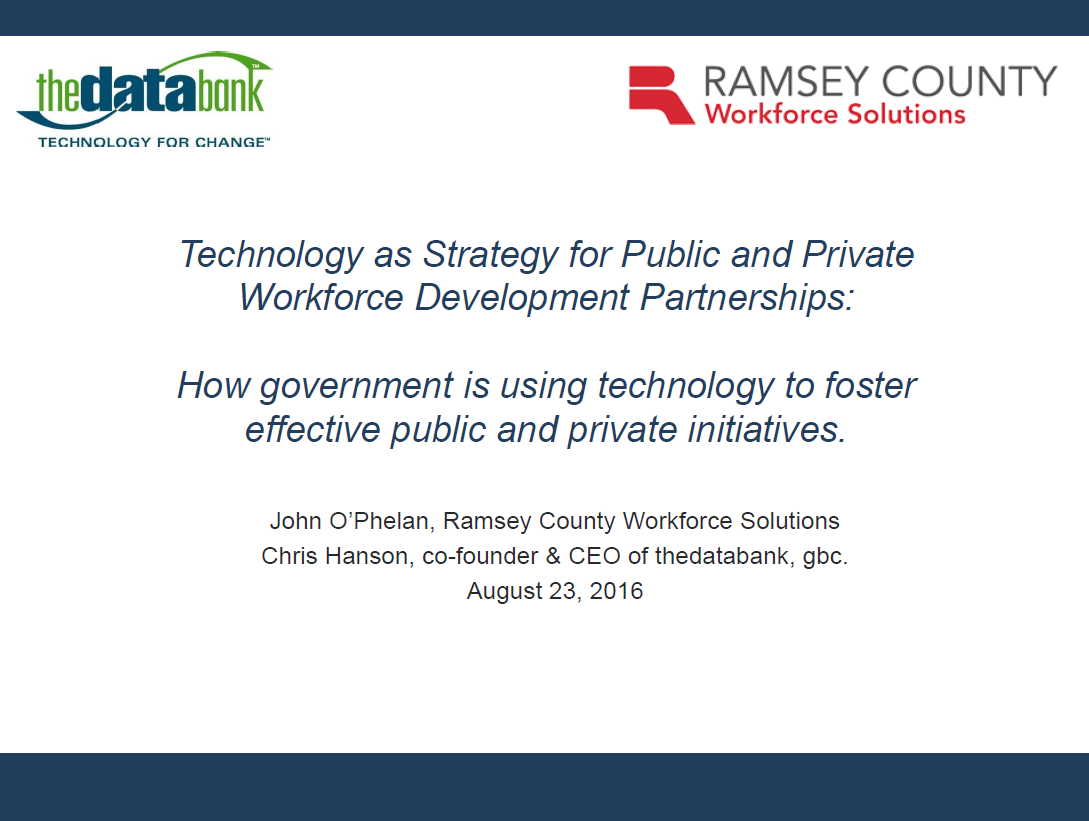One of my favorite things to do is to read from the inspirational postings of a blog I found early this year, Mr. Money Moustache. He’s a personal finance blogger whose goal is to educate and start a societal shift in how we all spend our money and our time. Oh, and to pump people up about retiring by age 30.
Part of the reason his blog appeals to me is that at its core he’s talking about how to live efficiently. I spend a fair amount of time thinking about living efficiently, and since I spend 40 hours per week of my life at work, in this post I’ll focus on working efficiently.
Looking at what’s wasting your time
A portion of my job is to meet with new clients and talk to them about all the ways their current databases and workflows are falling short. It is not uncommon that I hear stories about how compiling a monthly spreadsheet of number takes almost two days. Every month you spend about 10% of your time compiling numbers from that month? Let’s dive into that! That’s a large investment of time, say 15 hours a month, which is 180 hours a year, which is essentially a month’s worth of time each year.
Many organizations put up with such processes due to a lack of tangible resources (e.g. money, people, etc.). However, the (intangible) loss of time is much harder to recognize. Once an organization starts thinking about opportunity costs, as in what else can our staff be doing with the time, the true cost of certain tasks will exceed the limit of what is acceptable.
Looking at your intangible losses
In my example of the monthly report that takes 15 hours to compile, an organization might not be willing to spend money or effort to address the problem until they consider the true cost of this inefficiency. For the year, the report is truly costing the organization somewhere around $3600 per year (180 hours per year x $20 for the employee). Consider how many more supporters you could gather, people you could feed, or dollars you could raise if you had 180 hours of additional spare time at work each year. Any solution that costs under $3600 per year is an improvement over the current process and should seriously be considered. Your acceptable budget for a solution is actually quite large!
Finding Solutions
Having my background in computer science has taught me that if I ever have a task that is onerous and time consuming, I design a solution/program that does it for me. Most people reading this blog are probably not in a position to whip up some code, which is totally fine. However, I’d like to encourage everyone to start a conversation with their supervisor/tech team/vendor or whoever can get the ball rolling on a solution that frees up your time so you can have a positive impact on the world instead of entering data into Excel.
Fighting this inefficiency requires a mental shift in redefining what is acceptable. Stand up for yourself! Your time is the most valuable thing you have.
“How we spend our days is, of course, how we spend our lives.” ~American Author, Annie Dillard






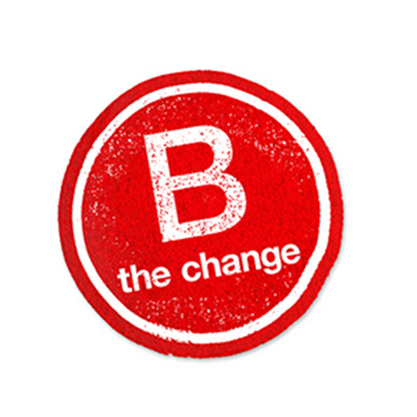


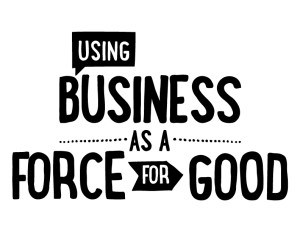

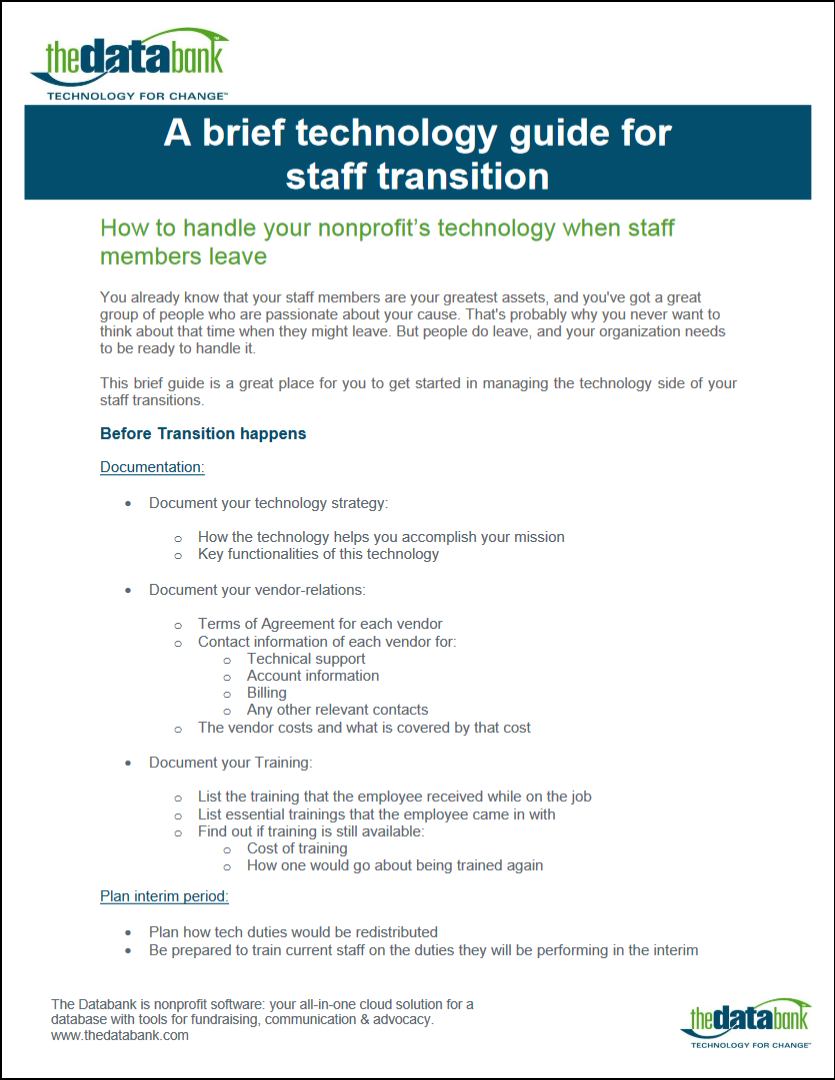

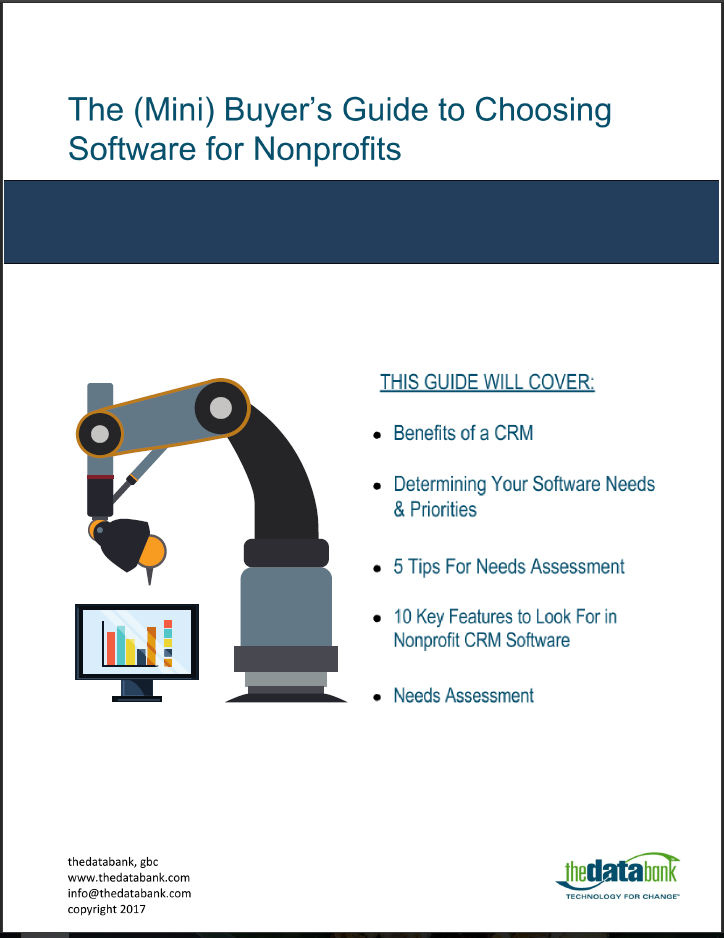
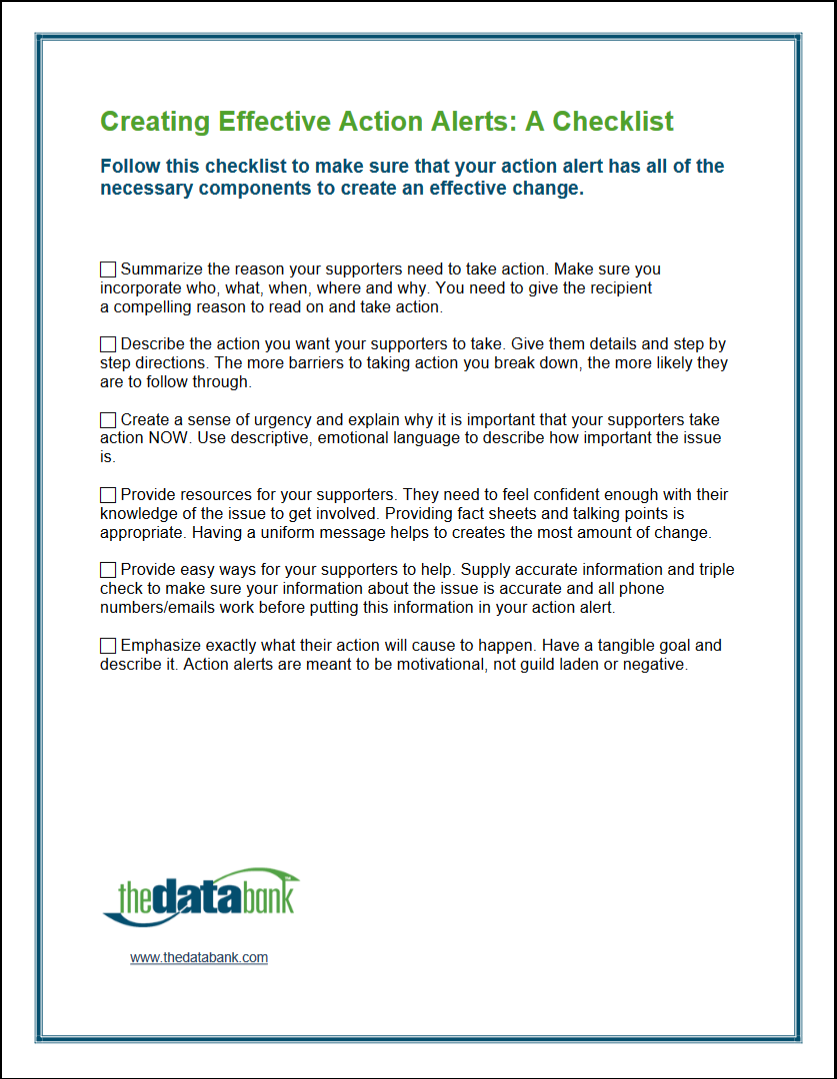

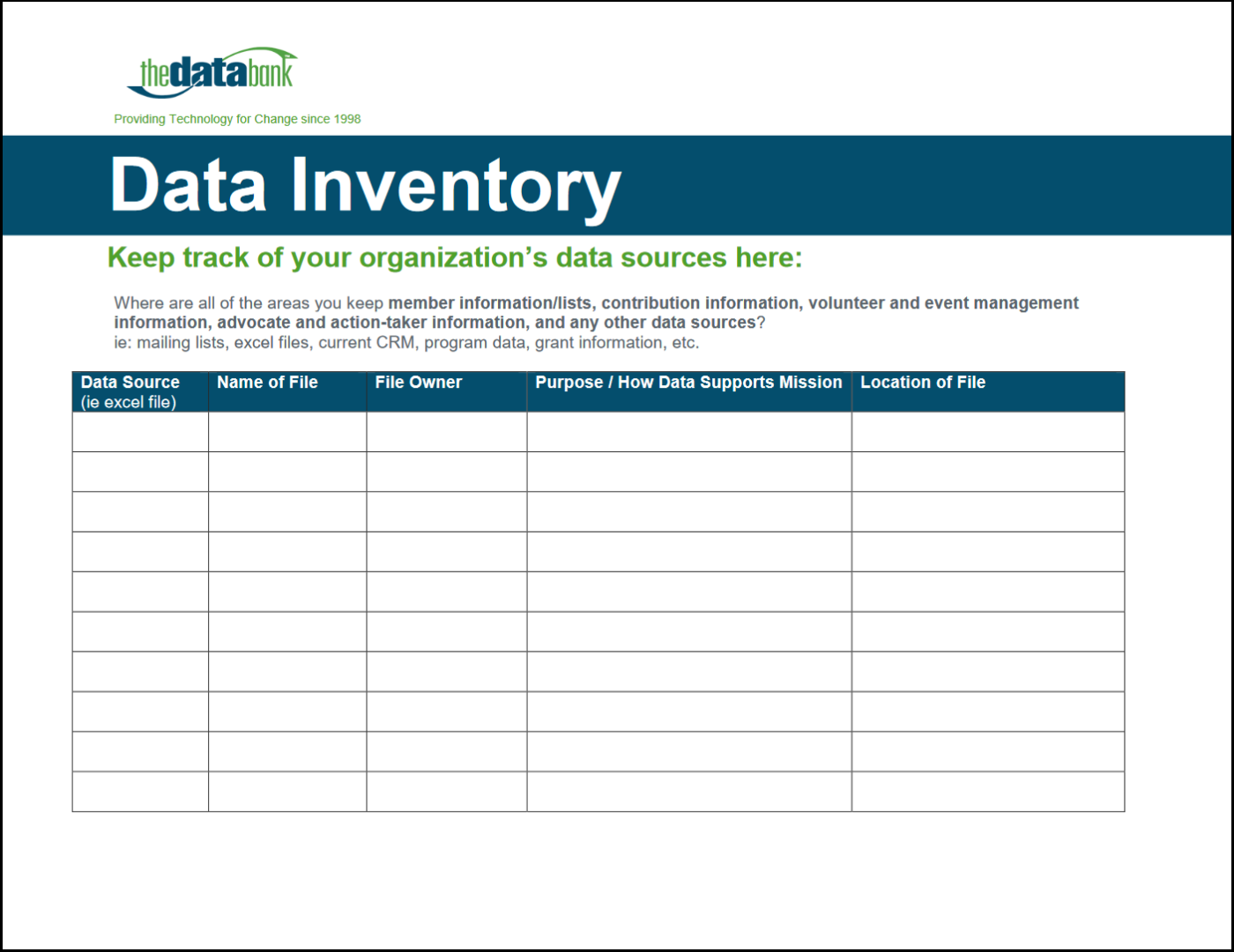




 thedatabank, gbc is technology for change, and we walk the talk.
thedatabank, gbc is technology for change, and we walk the talk. 